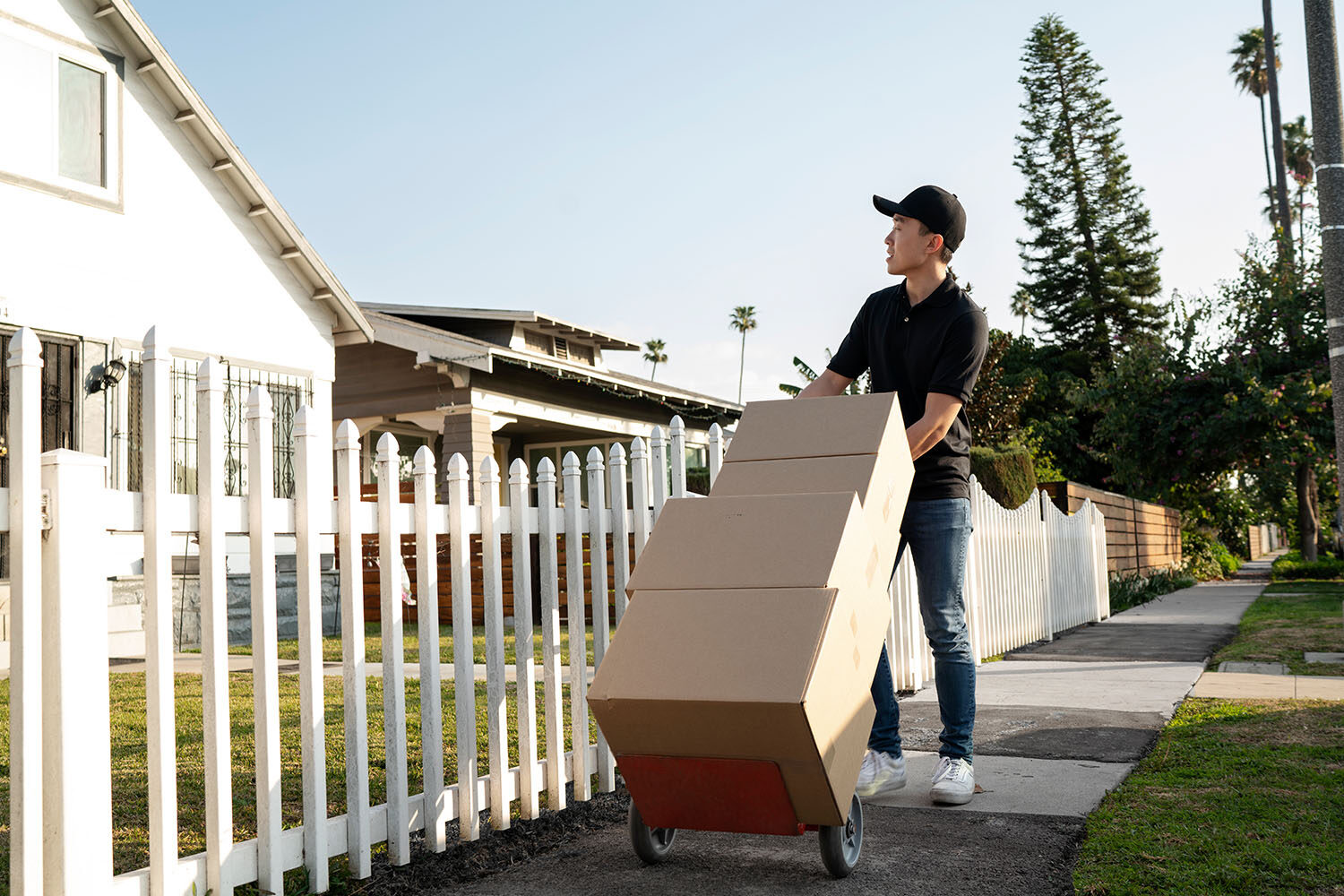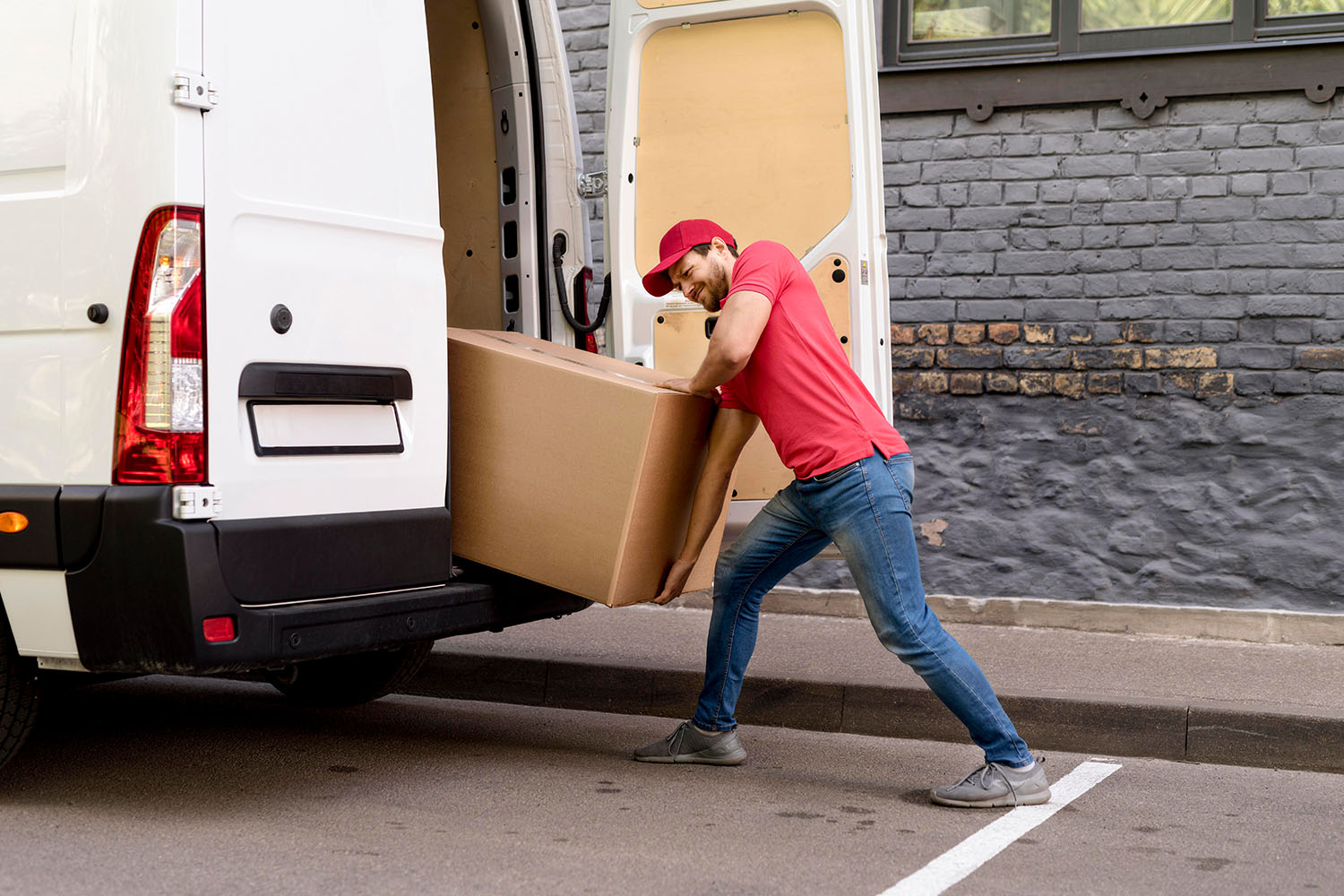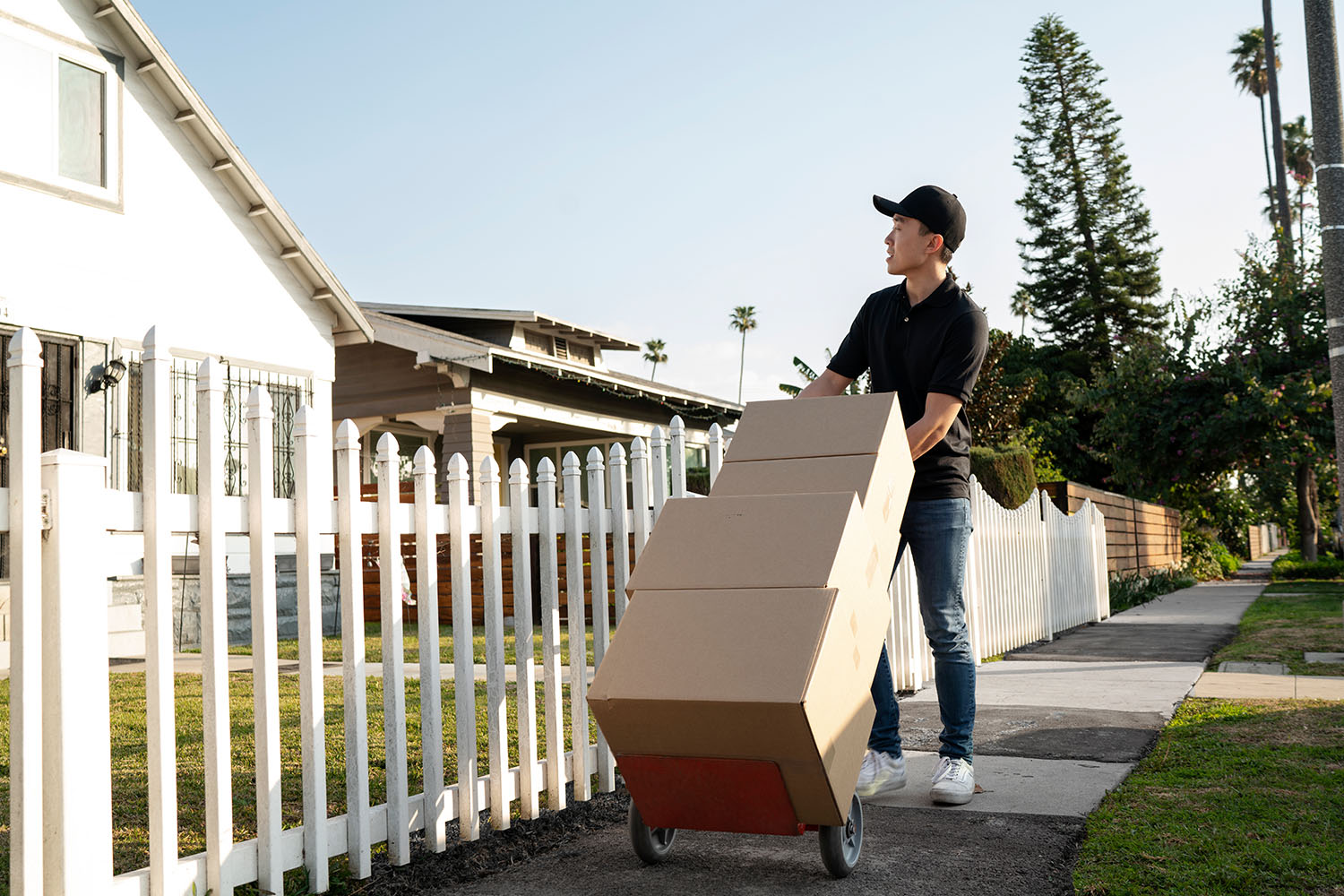The Emotional Challenges of Moving And Their Solution With an Across Country Moving Company
Moving to another country is not just about changing your address. It’s a moment of journey that takes you through a rollercoaster of emotions and brings mixed feelings. You might feel excited and happy to work with a reliable across country moving company. But at the same time, you may also be a little nervous about adjustment issues or feeling nostalgic about leaving your old home behind.
To ensure a comfortable move, it is important that you embrace the good and bad with open arms. Let’s talk about the emotional side of cross-country moving and how to handle those intermixed feelings.

Common Reasons for Emotional Struggle During a Long-distance Move
If packing your house and moving across the country causes you relocation depression, know that you’re not alone. It can feel stressful to many for some reason. Moving is generally said to be a fresh start, where you can leave behind any stressful things from your past. But sometimes, it doesn’t feel like that’s happening. Here are the common things that stress you out emotionally. [1]
-
The Sudden Change of Surroundings
Moving brings a lot of changes, whether they are people, places, or positions. You’ll feel like you are in someone else’s home in a new city, and even another country with a new job and a different friend circle. All these things can make you feel anxious or worried.

-
Unexpected Costs
Moving costs money out of your pocket despite your great financial management. Even if you try to keep things simple and easier, there are still expenses like buying new things for your new home. This can be stressful, whether you have enough money or not.
-
The Fear of Running Out of Time
Everything else in your life hits a pause during the move, especially when relocating to a faraway place. Packing boxes, wrapping up all your stuff, and disposing of unwanted items. However, hiring an across-country moving company can make long-distance moving stress-free and save a lot of time and energy.
-
The Pressure of Leaving Friends and Family Behind
Leaving your friends, family, or your birthplace leaves you disturbed, and it is totally logical. But it is important that you don’t let these emotions weigh you down to complete the tasks on your moving checklist.
Visiting your friends can help you feel better as they’ll help you see the positive things. If you find yourself struggling too much to have a clear mind, consider professional help.

How to Deal with the Emotional Stress During a Move?
Emotional stress is inevitable during a move, and the earlier you accept that it is actually happening, the easier it will be to overcome it. Here are some timeless tips to help you cope with the emotional challenges when relocating with an across country moving company.
-
Challenge Yourself to Stick to the Plan
Daring yourself to stick to the plan keeps your mind occupied and resultantly prevents pessimistic thoughts from settling in your mind. Try breaking the lengthy tasks into smaller portions to ensure a sense of control. You can also try treating yourself with your favorite snack to appreciate your accomplishments.
-
Research The Area You Are Moving to
One of the major sources of moving stress springs from the uncertainties about the new place. Although the neighborhoods in Frederick are matchless, it is better to research to know the ins and outs. Researching your future home promotes a sense of security, relieving unnecessary depression.
-
Visit Friends and Family
Calling on your friends and family when your mind refuses to think straight can work wonders. You’ll find yourself relaxed and focused after spending some time in their company. Moreover, you can also ask them to help you with some of the tasks on your list, even if you have a day scheduled with an across country moving company to feel easy.
-
Rest Well
Emotional stress deprives you of sleep as your mind fails to work its way out of everything that can possibly go wrong. Think about new and exciting things you can do at your new home to relax. Always know that your mental and physical well-being is crucial for an effective move [2]. So don’t ignore yourself.
-
Accept the Change
Another reason why homeowners struggle is due to their inflexibility towards change. Life isn’t always the same, so to ensure a smooth move, you must welcome the unexpected things openly. Your routine will change, you’ll miss your old home, and maybe the local cuisine isn’t your favorite but there will always be some things to be grateful for.
The Final Notes
A cross-country move is not an unforgivable sin, and neither is it a cureless disease. You can easily cope with the depression that comes with relocation by focusing on the positive things and sticking to the plan.
Always remember that life is unpredictable and uncertain but we humans have a tremendous capacity to adjust to the circumstances. Visiting your friends, preparing your home, researching your area, hiring a reputable across country moving company, and starting early are the most effective ways to handle a move and the emotional crisis that comes with it.
FAQs
- How do I know I have moving stress?
Some of the most prominent symptoms of relocation depression include poor focus, forgetfulness, continuous worry, negative thoughts, and indecisiveness. [3]
- What are the factors that contribute to the emotional stress during relocation?
Things like figuring out how to move all your stuff, financial concerns, feeling sad about leaving your old home, getting used to a new neighborhood, and all the hard work of moving can make it even tougher to focus on the important tasks at hand.
- What things should I include in my long-distance moving list?
Planning your move, researching the area, figuring out the transportation, decluttering unwanted things, and hiring a good across country moving company are the key things to include in a moving checklist.
- How Can I Manage the Physical Stress of Moving?
Hire professional help, ask your friends to help you gather packing supplies, look into junk disposal companies so your move is eco-friendly, and lastly, take care of your health.
Links:
[2]https://www.success.com/preparing-emotionally-for-a-long-distance-relocation/
[3]https://www.promoversmiami.com/handling-mixed-emotions-when-moving-long-distance/












































